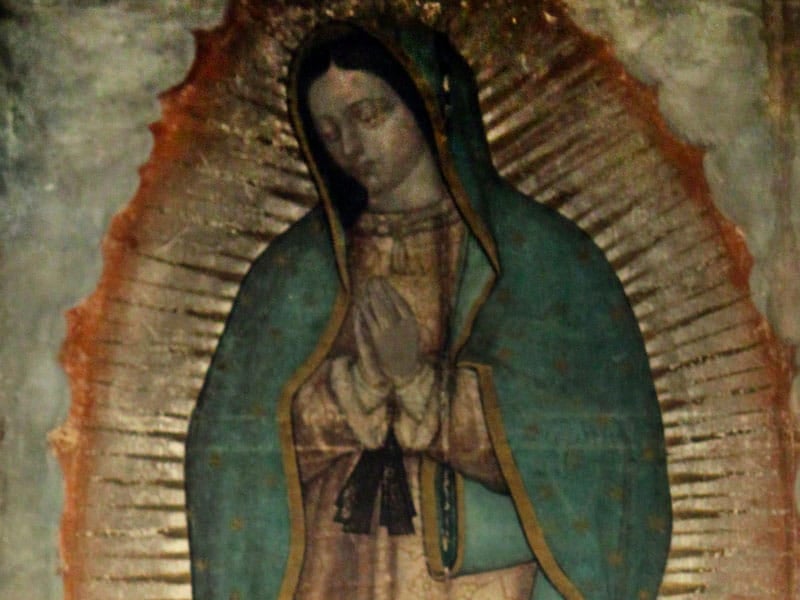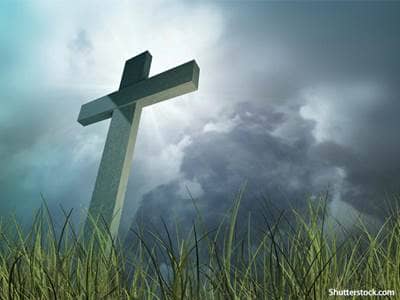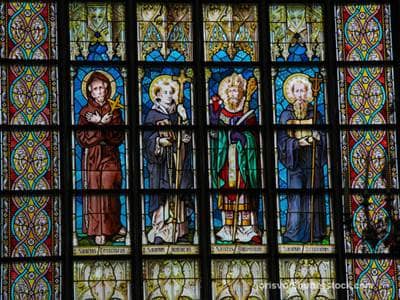Our Lady of Guadalupe

The feast in honor of Our Lady of Guadalupe goes back to the sixteenth century. Chronicles of that period tell us the story.
A poor Indian named Cuauhtlatohuac was baptized and given the name Juan Diego. He was a 57-year-old widower and lived in a small village near Mexico City. On Saturday morning, December 9, 1531, he was on his way to a nearby barrio to attend Mass in honor of Our Lady.
He was walking by a hill called Tepeyac when he heard beautiful music like the warbling of birds. A radiant cloud appeared and within it a young Native American maiden dressed like an Aztec princess. The lady spoke to him in his own language and sent him to the bishop of Mexico, a Franciscan named Juan de Zumarraga. The bishop was to build a chapel in the place where the lady appeared.
Eventually the bishop told Juan Diego to have the lady give him a sign. About this same time Juan Diego’s uncle became seriously ill. This led poor Diego to try to avoid the lady. The lady found Diego, nevertheless, assured him that his uncle would recover and provided roses for Juan to carry to the bishop in his cape or tilma.
When Juan Diego opened his tilma in the bishop’s presence, the roses fell to the ground and the bishop sank to his knees. On Juan Diego’s tilma appeared an image of Mary as she had appeared at the hill of Tepeyac. It was December 12, 1531.
-
St. Anthony of Padua (1195-1231)
-
St. Agnes (d. 258?)
-
St. Maria Goretti (1890-1902)
-
St. Thomas the Apostle
-
Sts. Pontian and Hippolytus (d. 235)
-
St. Oliver Plunkett (1629-1681)
-
Servant of God Francis Garces and Companions (c. 1781)
-
St. Bonaventure (1221-1274)
-
Sts. John Jones and John Wall (c. 1530-1598; 1620-1679)
-
St. John Francis Regis (1597-1640)


